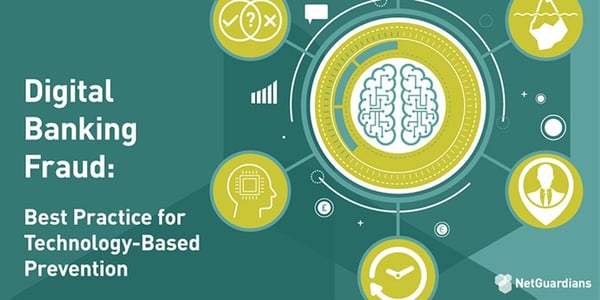Banks need to take a wide view when assessing the true return on their investment in fraud-mitigation software, writes Sebastian Aldeco
How does a bank measure the return on its investment in fraud mitigation? Is it the cost set against the value of fraud it stops? Should it include trust scores given by customers, the wider public and even governments and other licensing authorities? Or perhaps it should take into account the total the bank pays in fines for non-compliance compared with its peers? What about the ability to redirect resources from fraud control to areas that create value?The true return on investment includes all of these, but as a number it’s very hard to calculate – if not impossible. Many of the above are tricky to quantify and those that can be have their limitations as a guide for success. For example, fraud is growing, so banks need to catch more fraud year-on-year just to stand still. Bank A might know that last year it stopped $100 million of fraud, which was $10 million more than the year before. But its fraud-detection systems didn’t catch a further $100 million of fraud. Such a scenario would mean that Bank A was not successful at stopping fraud last year – and it didn’t even know it.
Without a hard figure to reflect ROI, it can be difficult to justify investment in new anti-fraud measures such as software. Indeed, many banks still rely on rules-based and manual anti-fraud processes partly as a result – leaving the door wide open to fraudsters and the bank liable to big fines from regulatory authorities.
Powerful new software
Rules-based fraud mitigation is old school. It’s not up to the job of tackling today’s growing fraud problem. It’s not scalable, it can’t find new frauds, and it either costs dearly in terms of manual resources or in the customer experience.
Instead, banks need to take advantage of new technologies, including artificial intelligence (AI) and machine learning (ML), and employ them alongside their rules-based processes. Software that includes AI and ML can do the heavy lifting. It can sift through millions of transactions to find the few that are fraudulent and is cost effective, partly because it can be easily and cheaply scaled up as transaction volumes grow – unlike manual, rules-based systems that require trained people, who are expensive and take time to recruit. But it earns its keep in other ways, too.
The software learns patterns and adjusts them to new behaviors over time. This cuts down the number of false alerts, so the bank needs fewer people whose job it is to investigate and can instead redirect them to more interesting tasks that create value, such as building the customer relationship.
Building trust
With fewer blocked payments, customers are contacted less often about their transactions. When they are contacted the chances are it will be to stop a real fraud, for which they will be grateful. This builds trust – and trust wins more business.
When banks are rocked by fraud scandals, it can affect their reputation badly and kill the careers of the top executives.
This year, National Australia Bank became front-page news when the former chief of staff to the outgoing chief executive had A$7.5m worth of assets frozen as part of an investigation in fraud at the bank. The story included lurid details of expensive foreign holidays and luxury motorboats and cost the bank’s chairman and chief executive their jobs.
Banks not using the latest technology also leave themselves open to censure from the regulators, who expect them to take every step they can to protect their customers – and will impose fines on those they feel are left wanting. So, the cost of not investing in fraud mitigation software can be high.
In Singapore, the government is coming at the problem from the other direction. It is offering financial incentives to companies that apply machine learning and artificial intelligence in ways that will help Singaporeans. It sees that these technologies can make a bank more secure – making the jobs the bank provides more secure and those jobs more interesting. Win win win.
Spotting more fraud in real time
NetGuardians’ fraud-mitigation software with machine learning and artificial intelligence is proven to detect more fraud than a bank’s rules-based processes alone. When run over historic data, all the frauds one bank already knew about were detected, but it also spotted 18 percent previously undetected. Once installed, banks quickly find that they are stopping more fraud than they expected. And because the fraud is detected in real time, the bank can stop any money leaving the account. What is more, banks using NetGuardians’ software have seen an 83 percent fall in false alerts and spent 93 percent less time on investigation.
So, if a bank is looking for hard numbers by which to measure return on investment, it won’t find them. But it will find that once installed, it has improved fraud detection and prevention rates. Fraud-mitigation software means the bank is better protected, will lose less money to fraud, and is less likely to fall foul of compliance and be fined, helping it build and maintain a good reputation upon which to grow its business.



